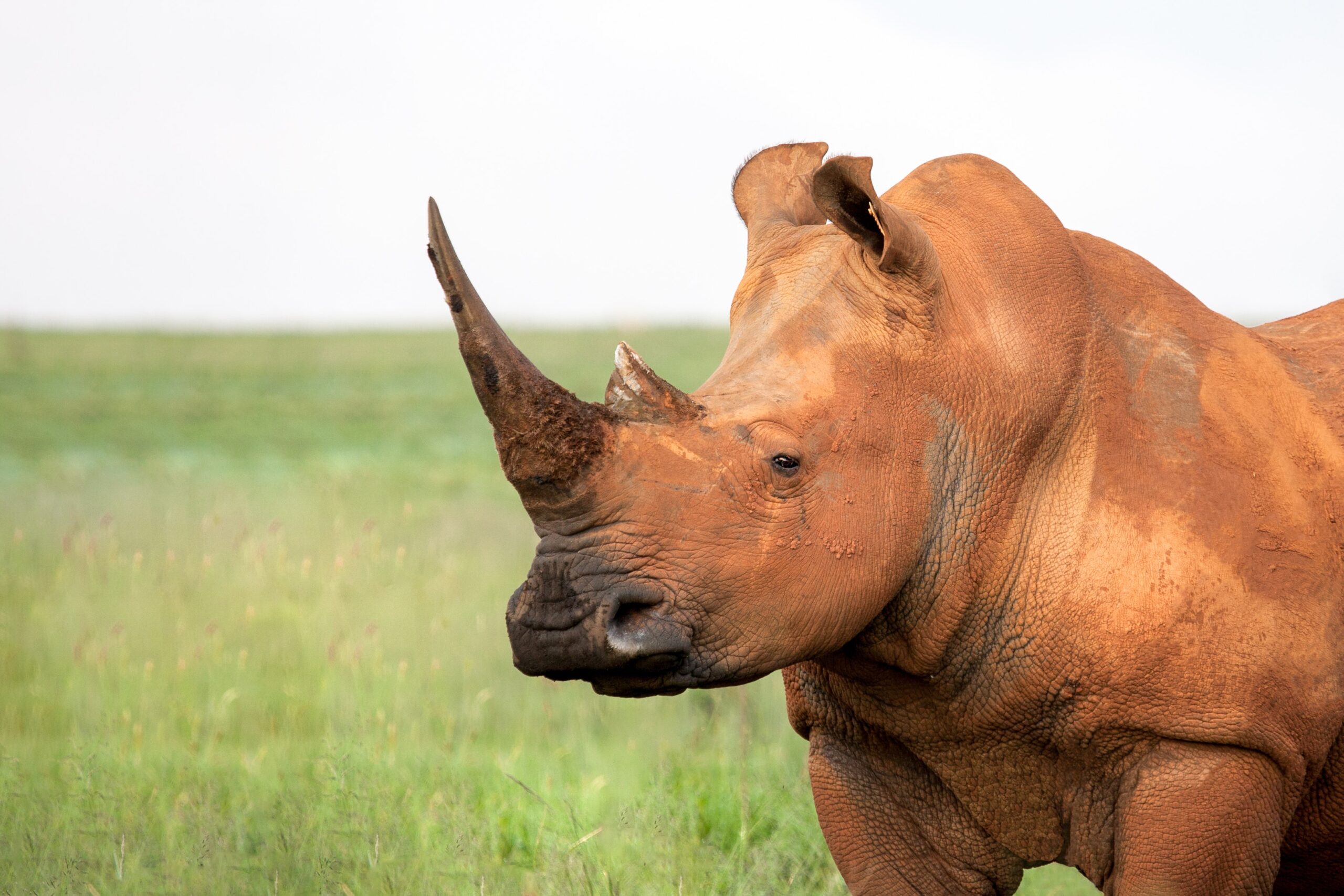Kruger National Park is one of the world’s most popular wildlife destinations, and for good reason. Covering an area of almost 20,000 square kilometers, it is home to over 500 species of birds, 147 species of mammals, and a vast array of reptiles, insects, and plants. While game drives are undoubtedly the most popular way to experience the park’s abundant wildlife, there is another way to explore the park’s wild spaces: bushwalks. In this post, we’ll take a closer look at what bushwalks are, what to expect on a bushwalk in Kruger National Park, and how to prepare for this exciting activity.
What Are Bushwalks?
Bushwalks are guided walking safaris in which visitors explore the African wilderness on foot, accompanied by a trained ranger. They are a unique opportunity to get up close and personal with the park’s flora and fauna and to learn about the ecology and behavior of the animals that call Kruger National Park home. Bushwalks typically last for around 3-4 hours and take place in the early morning or late afternoon, when temperatures are cooler and the wildlife is more active.
What to Expect on a Bushwalk in Kruger National Park
One of the most exciting aspects of a bushwalk is the unpredictability of what you might see. While sightings of the “Big Five” (lion, leopard, elephant, buffalo, and rhino) are never guaranteed, bushwalks offer the chance to spot a wide range of other animals, including giraffes, zebras, wildebeest, and hyenas. Bushwalks also allow visitors to learn about the smaller creatures that are often overlooked on game drives, such as insects, birds, and reptiles.
Another highlight of a bushwalk is the opportunity to experience the sights, sounds, and smells of the African wilderness up close. Walking through the bush, you’ll be able to appreciate the intricate details of the park’s plants and animals and immerse yourself in the rhythms of nature. You’ll also have the chance to learn about the traditional uses of plants and trees by local people.
How to Prepare for a Bushwalk
Before embarking on a bushwalk, it is important to be physically fit and to wear appropriate clothing and footwear. You should wear comfortable, sturdy walking shoes, and lightweight, breathable clothing in muted colors. Avoid bright colors and patterns, as they can attract unwanted attention from animals. A hat and sunglasses are also essential, as well as sunscreen and insect repellent. It’s a good idea to bring a small backpack with water, snacks, and any necessary medications.
Conclusion
Bushwalks offer a unique and exciting way to explore Kruger National Park and connect with its abundant wildlife. Whether you’re a seasoned nature lover or a first-time visitor to Africa, a bushwalk is a must-do activity that will provide you with an unforgettable experience. Remember to follow your ranger’s instructions and respect the park’s rules and regulations, and you’ll be sure to have a safe and rewarding adventure in one of the world’s most magnificent wilderness areas.


